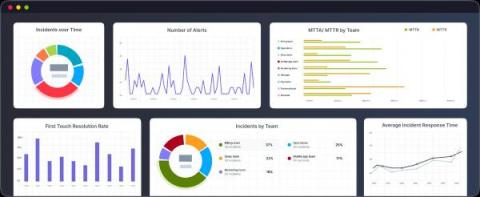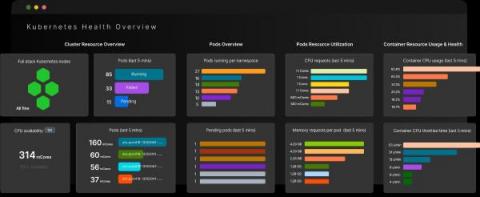How to Manage Customer Support Channels in Slack: A Step-by-Step Plan
As more and more teams transition to remote work, collaboration tools like Slack have become increasingly popular. Slack's chat-based communication platform makes it easy to keep teams connected and informed, but it can also create challenges when it comes to managing support channels. In this post, we'll explore different approaches to building a Slack-based support system and provide some tips for success.











